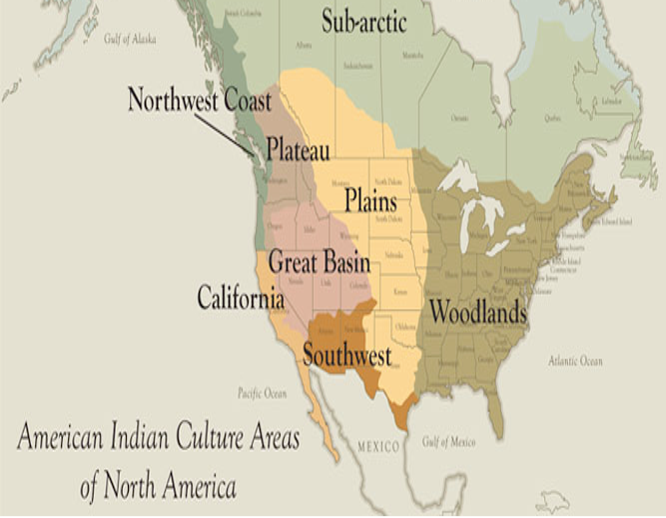By 700 AD, the transition from atlatl to bows-and-arrows marked a passage into the late-Prehistoric period. While that is generally accepted, the scope and impact of these populations is open to debate and interpretation.
Texas, however, remained a tough neighborhood. Resources remained scarce for pedestrian wanderers, and game was hard won. Spears were either used as thrusting weapons, hurled weapons, or flung from an atlatl. Most humans abandoned the plains in favor of better locations, and bison hunting decreased. Driving buffalo over a “jump” was an infrequent and usually highly celebrated event among this Southern Great Plains population. Rock art in the region—pictographs and petroglyphs—date to this era and often seem to depict events of a climatological, cosmological, and religious significance.
Some things seem certain: Indians understood the cosmos, the climate, and the environmental cycles to a degree far superior to other civilizations on earth, and began using this knowledge to draw a living from their environment on a grand scale. A patchwork of linguistic groupings and cultures evolved as a result of the “scattering” of people on the land, eventually leading to around 500 different Indian nations. Some Indian nations only numbered a few hundred, while others numbered in the millions.

